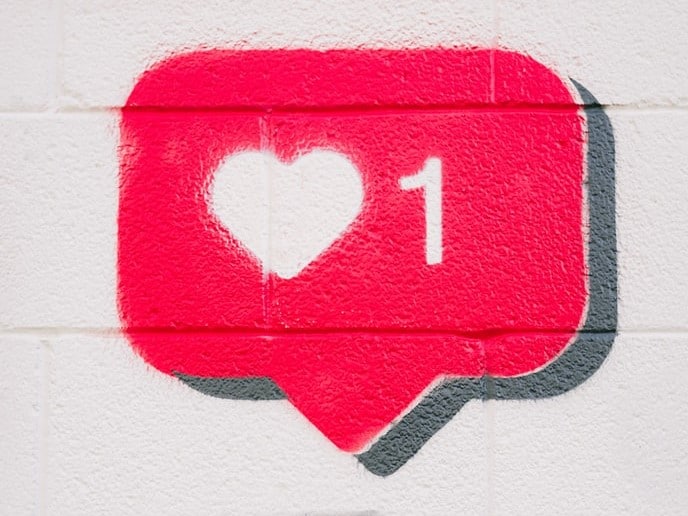Is Facebook dead? How to select the right social channel for your audience

With the various moves the social channel Facebook is making, it seems it is in a downward spiral. Despite the company’s repeated moves towards making itself and its sister platform, Instagram, a retail-focused social media platform, the company has been met with scandals for years. Accusations of encouraging mental health issues in minors and encouraging hate speech and misinformation amongst groups were rife even before a whistleblower exposed documented evidence to The Wall Street Journal and, subsequently, the US Congress.
As Facebook works to repair its reputation, rebranding themselves as Meta, and assuring its users that suspiciously timed platform blackouts will never happen again, users are looking elsewhere, and therefore, so should affiliate marketers.
As much as Facebook might feel like the monopoly of the Western social media world, its numbers are falling, with a general acceptance amongst users that it is no longer the young person’s social channel. Teenagers on the site have dropped by 13 percent since 2019 and are projected to drop another 45 percent over the next two years, according to The Verge. If users aren’t looking at Facebook, it is time to look elsewhere.
Affiliate marketers need not think that they are backed into a corner, however. There are a lot of options available out there, a lot of them sharing audiences. If you play your cards right, you can appeal to a large audience from an alternative social channel with the right content to keep them all engaged.
What channel will gain you the most eyes?
Facebook and Instagram may be run by the same company, now named Meta, but they have different reputations driven by their audiences. Where Facebook is considered “for old people”, the text-based expression allowing for opinions and debate, Instagram aims to idealize life with photos of rose-tinted views of the world. Everyone has to be reminded that the relationships aren’t the same, the tourist spots aren’t the same, the captions are inspirational quotes.
Instagram would be the obvious second choice for affiliate marketers, but they should heed the lessons of Facebook. Facebook’s accusations of hatred brewing are said to be because the platform thrives on engagement, and engagement is stoked by conversation, and debate causes a lot of conversation. This isn’t to say that hatred should be stoked, but debate and conversation. A lot of POC and LGBT-owned companies are finding their voice on Instagram where they post about modern issues, but the rose-tinted view of Instagram means that people are more likely to respond with positivity. Plus, Instagram is gaining all the retail features that are being designed for Facebook and already have a strong retail presence with it being the chosen platform of influencers and small businesses.
Of course, this is a generalization and as Facebook becomes less popular with the younger crowd, it’s possible more and more voices with opposing views will migrate to the site.
Along the same lines is Pinterest. Pinterest is the same idea as Instagram, with a popular concept of saving photos like a collage board, but without the baggage that comes from being part of the Meta company.
As an alternative to the text-based platform, users tend to look to Twitter. Twitter also has the advantage of being the first touchstone for brands. If you have never heard of a brand or you are looking for the most basic of information like an address or a point of contact, you consult a brand’s Twitter profile. This means putting your best foot forward starts with the Twitter profile, as much as a website does. It supports video, photo, and text, making it a great platform to showcase marketing offers.
Speaking of video content, you have two main options there. For long-form content look to YouTube and for short-form content, look at TikTok. There is a lot of crossover between the two audiences, however with an edge for marketing on TikTok. As much as YouTube is the place to get an offer code or to hear about the same five brands mentioned in the middle of a video, TikTok is more subtle with its marketing. Users can swipe through reviews, demonstrations, videos on how it was made, behind the scenes, and more that aren’t strictly adverts but are marketing to an audience, covering many brands in a few minutes.
What should you do to engage these audiences?
The main thing you should remember when looking at the various platforms is the generalized idea of the audience and what they are typically looking for when using the platforms, and the chosen media of the platform. The fact that there are a lot of forms of media supported across most of the platforms can only help you. You can repurpose content across social media accounts, reaching as many eyes as possible with the content you create.






